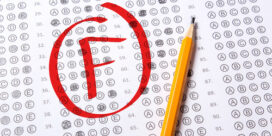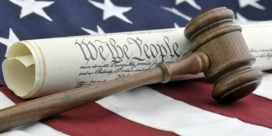3 simple ways educators and families can accelerate math learning
As the most recent nation's report card made painfully clear, American students are struggling in math. At the same time, administrators, teachers, and parents are finding new ways…





